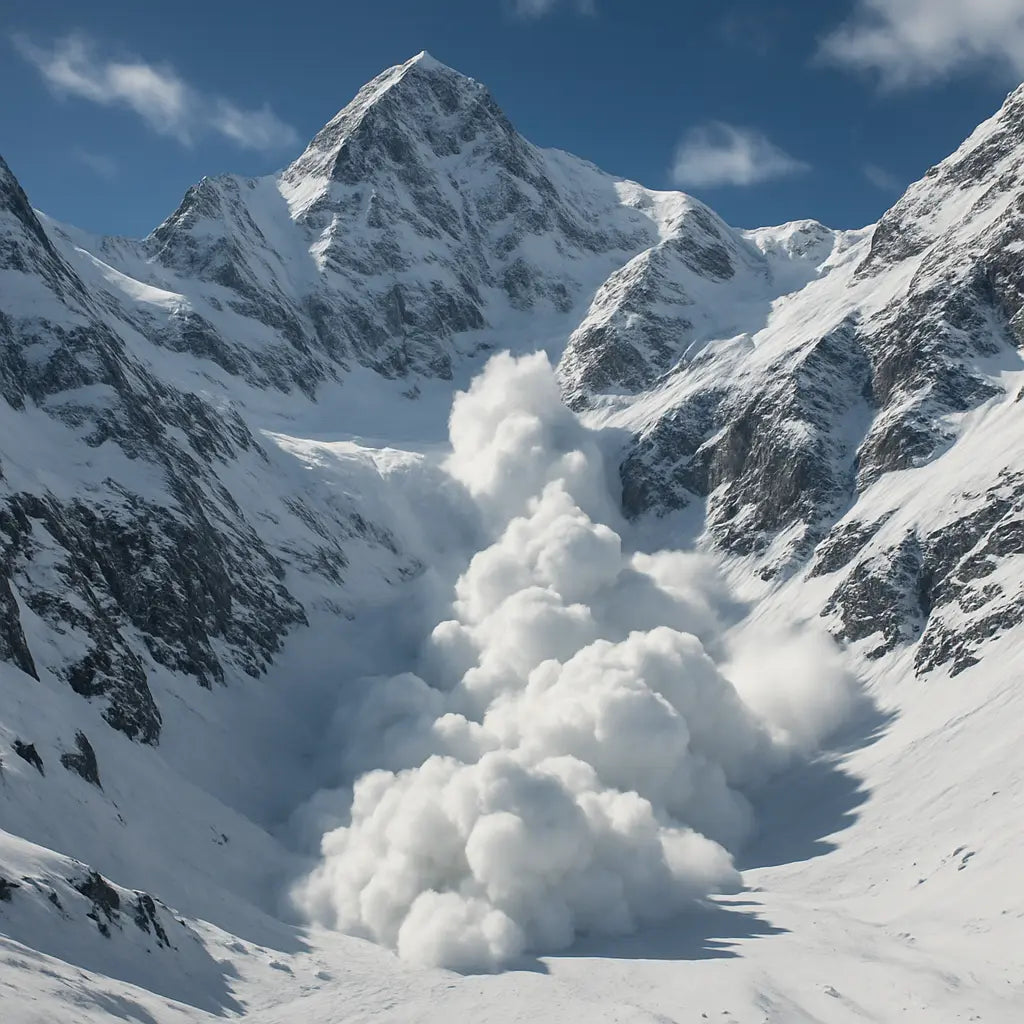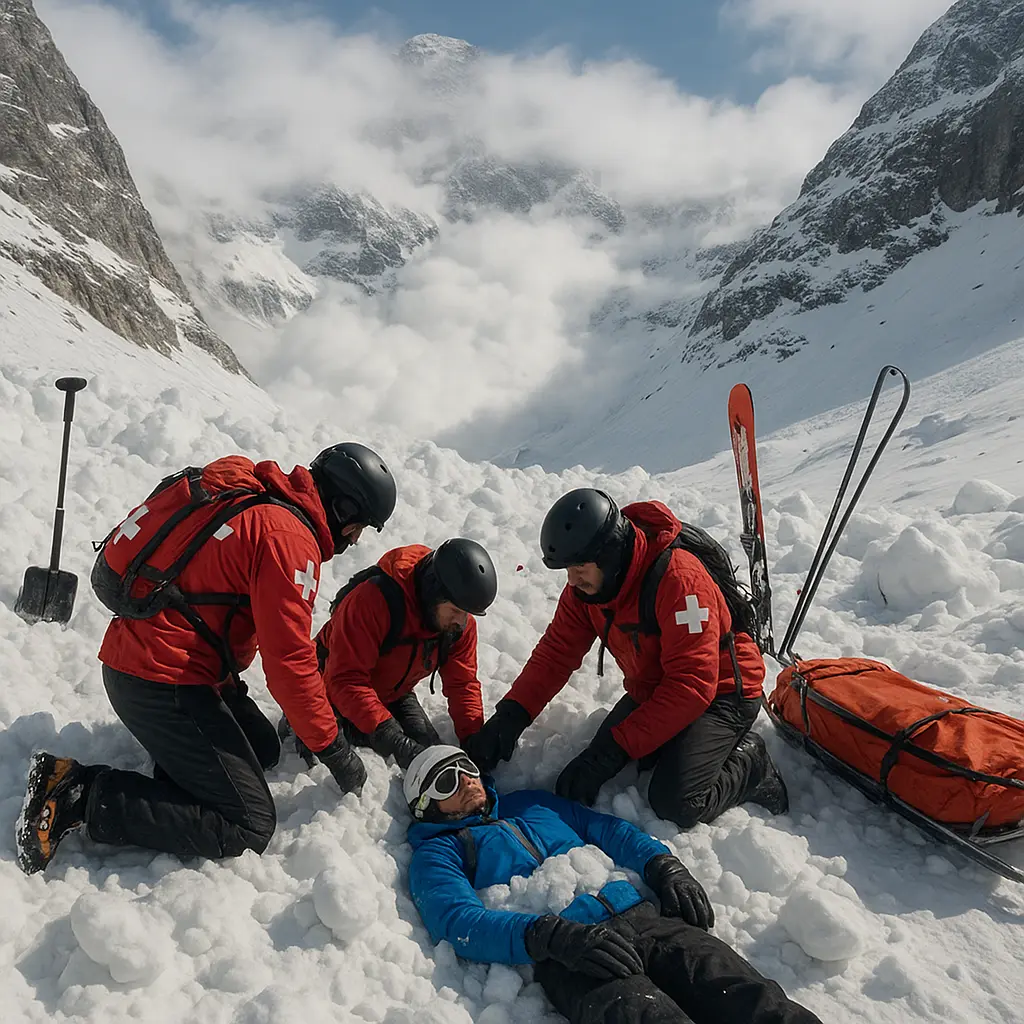When it comes to skiing and snowboarding, few things are as exhilarating as the rush of the slopes. However, amidst the thrill, safety must always be the top priority. Understanding avalanche awareness is crucial for every skier and boarder looking to enjoy winter activities with peace of mind. This guide will walk you through the essentials of avalanche safety, ensuring you can have fun while staying safe.
Understanding Avalanches: What Every Skier Should Know
Avalanches occur when a layer of snow collapses and slides down a mountain. It’s essential to understand the different types of avalanches and what conditions can trigger them. This knowledge helps in assessing the risk before heading out.
To truly grasp the nature of avalanches, it’s important to understand the factors that contribute to their occurrence. Weather conditions, snowpack structure, and terrain all play pivotal roles in avalanche formation. Changes in temperature can weaken the snow’s bonds, increasing the likelihood of a slide. Moreover, knowing how each of these elements interacts can help you predict potential avalanches and prepare accordingly.
Types of avalanches, such as slab avalanches and powder avalanches, each pose unique risks. Slab avalanches are the most common and are typically triggered when a dense layer of snow cracks and releases. On the other hand, powder avalanches, although less frequent, can cover a significant area with rapidly moving snow. Understanding these differences can aid in recognizing warning signs and making informed decisions on the mountain.
Recognizing Avalanche Terrain
Not all parts of the mountain are equally risky. Learn to spot signs of avalanche terrain, like steep slopes and signs of recent slides, to make safer choices when navigating the backcountry.
Avalanche terrain is often characterized by certain features that increase the chance of an avalanche occurring. Steep slopes, particularly those angled between 30 and 45 degrees, are most susceptible to avalanches. It’s also crucial to watch for terrain traps—sections where avalanches can accumulate debris, such as trees or rocks, which can intensify the impact.
Additionally, areas with a history of avalanches should be approached with caution. Observing the topographical features such as ridgelines, cornices, and gullies can clue skiers and boarders into dangerous zones. Using resources like avalanche forecast centers can provide valuable insight into current conditions and help plan safer routes.
Essential Safety Gear for Avalanche Preparedness
Safety gear like transceivers, probes, and shovels can be lifesaving. Knowing how to properly use them is a critical part of avalanche preparedness. We’ll cover what you need and why each piece is important.
When preparing for a backcountry trip, your gear must include reliable avalanche transceivers. These devices are crucial for locating buried victims quickly and effectively. Practicing with your transceiver ensures that in an emergency, you’re ready to respond promptly. Next, an avalanche probe helps pinpoint a person’s location under the snow, reducing the search area’s size.
A sturdy shovel not only aids in a rapid excavation in burial situations but also serves various purposes like building snow shelters. Lightweight and collapsible options are recommended for ease of transport. Additionally, an avalanche airbag can be a lifesaving tool, helping skiers float above an avalanche rather than getting buried beneath.
The Importance of Avalanche Education
Participating in an avalanche safety course provides invaluable hands-on experience. Learn why education is your best tool for understanding and mitigating avalanche risks.
These courses are designed to teach you how to identify unstable snow conditions and reduce your exposure to dangerous areas. A certified course dives deeper than basic knowledge, offering practical exercises that simulate avalanche scenarios. This hands-on learning is key to developing swift decision-making skills in emergencies.
Education not only increases personal safety but also enhances group awareness. When all members of a party are knowledgeable, they can effectively communicate and work as a team, improving the group’s overall safety. Many organizations offer these courses, providing a wealth of resources and expert insights that are invaluable for any backcountry enthusiast.
Steps to Take in Avalanche Emergencies
In the unfortunate event of an avalanche, knowing the immediate steps to take can make all the difference. From knowing how to self-rescue to effectively using your safety gear, preparation is key.
The first moments after an avalanche are critical. If caught in an avalanche, try to stay on top of the snow and make swimming motions to stay afloat. Creating an air pocket in front of your face can greatly increase your chances of survival until rescue arrives. Once the avalanche has stopped, remain calm and prepare to be located by your transceiver.
For rescuers, efficiency is crucial. Quickly initiate a search using transceivers and probes, and begin digging as soon as the victim’s location is confirmed. Having practiced rescue scenarios, the time taken to recover a buried skier can be significantly reduced, increasing the odds of a successful recovery.
Staying Safe and Enjoying the Slopes
Avalanche safety is an essential part of every skier’s and boarder’s knowledge base. By understanding the risks, preparing meticulously, and knowing how to act in an emergency, you can keep yourself and those around you safe in the mountains. Remember, the best adventures are those that prioritize safety. So gear up, be aware, and enjoy the wonders of the winter landscape responsibly. For more information and the best gear for your next trip, visit our team at iSkiMount.



Share:
Wax, Tune, Shred: How to Keep Your Skis & Board in Peak Shape
Chasing Snow: How to Plan the Perfect Ski Road Trip